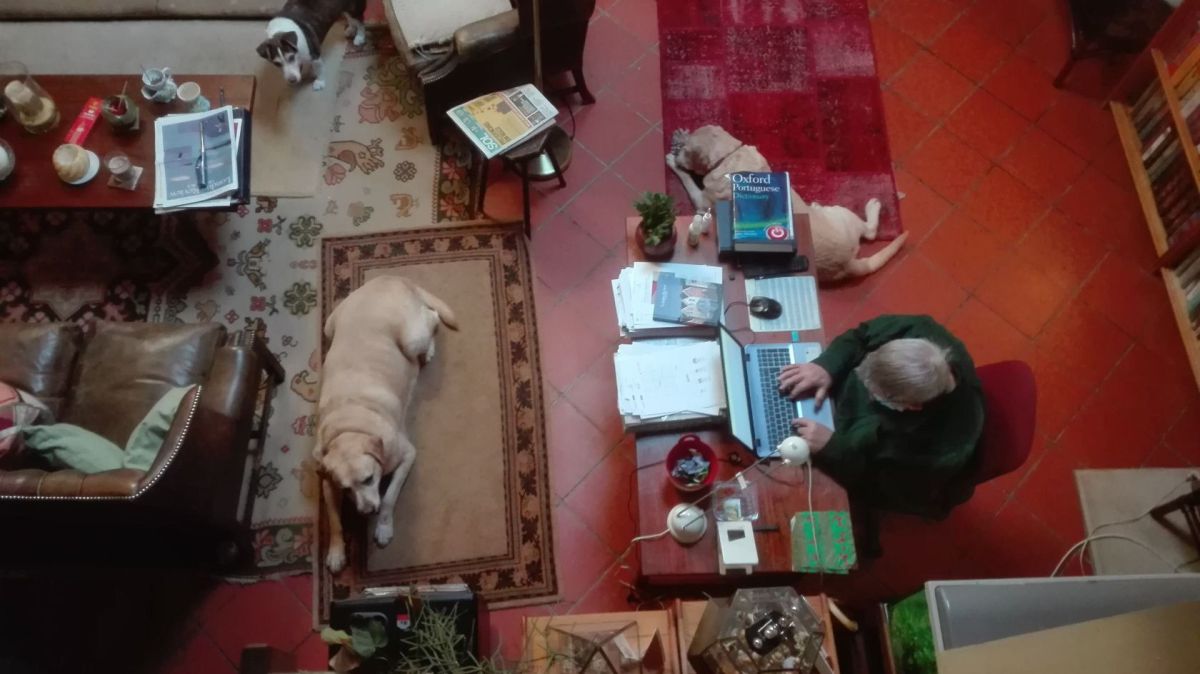The University of Galway's study found that participants in Zoom meetings have increased levels of weariness when they can see images of themselves on the screen.
The study also discovered that while looking at their own picture, both men and women become tired just as much. This discovery defies previous studies that claimed women get tired from self-view video conferences more than men do.
Electroencephalography (EEG) monitoring of 32 volunteers, 16 men and 16 women, who took part in a live Zoom conference with the self-view mode turned on and off at different periods was done by the study team in an experiment.
With electrodes applied to the head, EEG non-invasively captures spontaneous electrical activity in the brain and can identify the start of mental exhaustion.
The observation verified that participants' degrees of weariness were much higher when they were able to see their own images.
Previous studies had revealed that women felt more weariness than males, based mostly on self-reported data collected through surveys and interviews.
“The subject of whether gender variations in weariness from video conferences genuinely exist is raised by a study conducted at the University of Galway. The study assesses exhaustion at a neurophysiological level.”
Professor Eoin Whelan of the University's JE Cairnes School of Business and Economics oversaw the research.
“The use of video conferencing platforms exploded during the lockdown,” Professor Whelan stated.
“They continue to be heavily used in work and education today and offer some advantages over in-person meetings.”
However, a common complaint about video conference sessions is fatigue. Our research demonstrates that experiencing weariness during video conversations is genuine, and that it is exacerbated by looking at your own reflection.
“Simply turning off the mirror image can help offset fatigue in virtual meetings,” he stated.
















